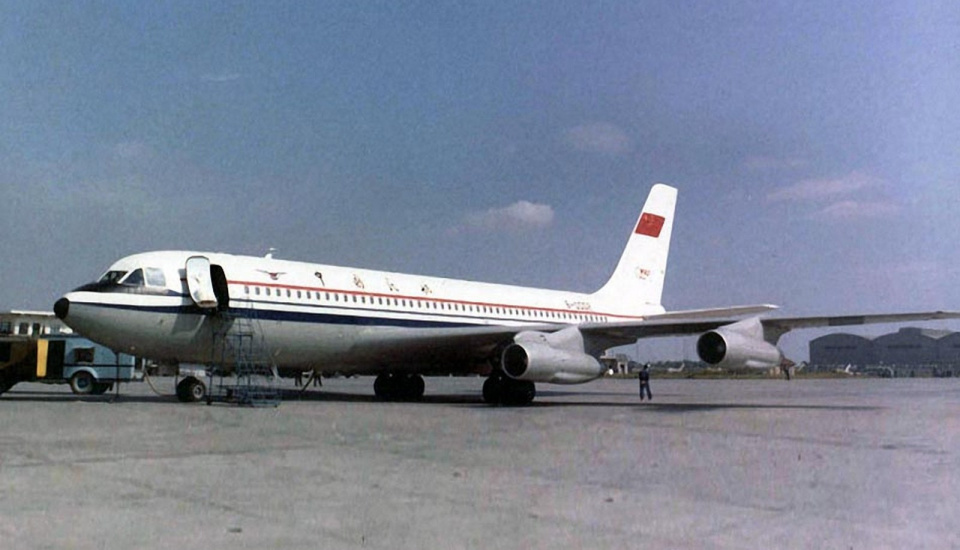45 years of China's first jet airliner, the Y-10

September 26 marked the 45th anniversary of China's first jet airliner, the Y-10. On that day in 1980, its first prototype took flight in Shanghai.
The aircraft was created by specialists at the Shanghai Aircraft Factory (now Shanghai Aircraft Manufacturing Company) under the influence of the American Boeing 707 and using aviation technologies borrowed from the USSR. Development of the project began during the Cultural Revolution in 1970. The notorious Chinese politics of that period had a negative impact on the overall development of the program and its timing. As a result, the creation of the Y-10 took a decade, and the result did not meet expectations.
Since the WS-8 turbofan engine was not ready, the airliner was equipped with four American Pratt & Whitney JT3D-7 engines, each with a thrust of 8.6 tons. Their purchase was made possible by the Chinese airline CAAC's operation of Boeing 707 aircraft with similar power plants. The Y-10 had a length of 42.9 m, a wingspan of 42.24 m, a take-off weight of 110 t, a maximum speed of 974 km/h, and a range of over 8,300 km. It could carry 178 passengers or 25 t of cargo.
At the time of its first flight, the Y-10 was already obsolete, like the Boeing 707, and even lost to it in terms of weight efficiency. In addition, the PRC entered an “era of reform” that led to a rapprochement with the West. Chinese airlines were able to purchase modern foreign airliners, with which the Y-10 could not compete, and refused to buy it. In addition, negotiations began on the licensed production of MD-80 airliners in Shanghai (started in 1986). Therefore, the first Y-10 flight prototype remained the only one to take to the skies. It made 130 flights and flew over 170 hours. A prototype was also built for static testing.
At first, propaganda presented the airliner as a huge achievement of communist China, but gradually mentions of it disappeared from the information space. In 1985, testing was discontinued, and the aircraft was put into storage at Shanghai's Dachang Airport. Today, it can be seen in front of the administrative building of the COMAC aviation corporation in the modern Pudong district of Shanghai.

 Fan-page
Fan-page Youtube
Youtube TikTok
TikTok Aviamuseum
Aviamuseum State Aviation Museum
State Aviation Museum



